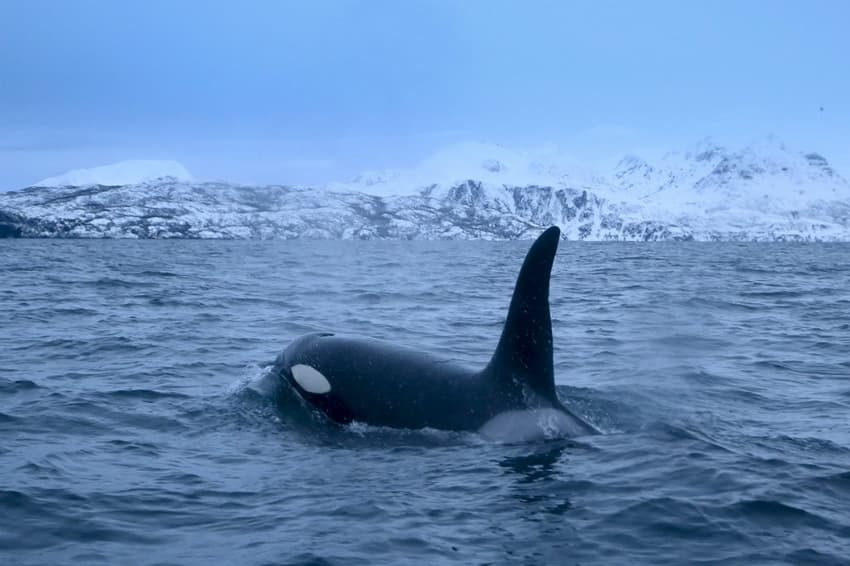Danish architect designs flagship Norwegian whale centre

Danish designer Dorte Mandrup will be the architect behind a visitors’ centre for whale spotters northern Norway.
The centre, named The Whale, will be located at Andenes, 300 kilometers north of the Arctic Circle, Norwegian business media E24 and Danish newspaper Berlingske reported.
Initially launched in May 2018 at an estimated cost of around 200 million Norwegian kroner, the project is priced at up to 350 million Norwegian kroner, according to E24 and Berlingske. It is expected to be completed in 2022.
The whale centre has already attracted attention from travel publisher Lonely Planet.
'The Whale' will be Norway’s next stunning visitor attraction – https://t.co/FeDdqKOrIl pic.twitter.com/IzTZJzzBDS
— Lonely Planet (@lonelyplanet) November 12, 2019
According to the website of Mandrup’s archictectural firm, the building “rises as a soft hill on the rocky shore – as if a giant had lifted a thin layer of the crust of the earth and created a cavity underneath”.
Up to 70,000 people annually have been projected to visit the remote wildlife centre, which will be a combination of museum and tourist attraction.
Because of its geographical position, scenery and wildlife at Andenes makes the area a unique attraction.
That includes a midnight sun for two months from May to July, as well as the winter polar nights, when the sun doesn’t rise at all.
READ ALSO: North Norway's polar night is about to begin. Here are the facts you need to know
Comments
See Also
The centre, named The Whale, will be located at Andenes, 300 kilometers north of the Arctic Circle, Norwegian business media E24 and Danish newspaper Berlingske reported.
Initially launched in May 2018 at an estimated cost of around 200 million Norwegian kroner, the project is priced at up to 350 million Norwegian kroner, according to E24 and Berlingske. It is expected to be completed in 2022.
The whale centre has already attracted attention from travel publisher Lonely Planet.
'The Whale' will be Norway’s next stunning visitor attraction – https://t.co/FeDdqKOrIl pic.twitter.com/IzTZJzzBDS
— Lonely Planet (@lonelyplanet) November 12, 2019
According to the website of Mandrup’s archictectural firm, the building “rises as a soft hill on the rocky shore – as if a giant had lifted a thin layer of the crust of the earth and created a cavity underneath”.
Up to 70,000 people annually have been projected to visit the remote wildlife centre, which will be a combination of museum and tourist attraction.
Because of its geographical position, scenery and wildlife at Andenes makes the area a unique attraction.
That includes a midnight sun for two months from May to July, as well as the winter polar nights, when the sun doesn’t rise at all.
READ ALSO: North Norway's polar night is about to begin. Here are the facts you need to know
Join the conversation in our comments section below. Share your own views and experience and if you have a question or suggestion for our journalists then email us at [email protected].
Please keep comments civil, constructive and on topic – and make sure to read our terms of use before getting involved.
Please log in here to leave a comment.